AI and the space industry point the way forward to rethink how we view operating systems. Can we free ourselves and redesign from the ground up?
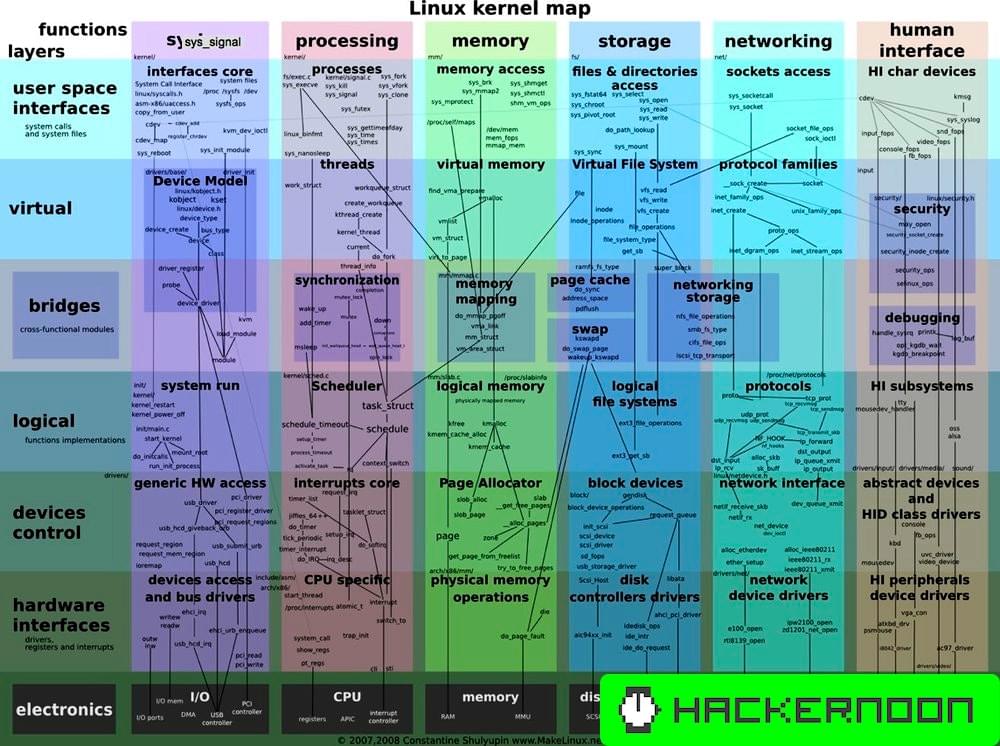


Pulmonary edema is often caused by congestive heart failure. When the heart cannot pump efficiently, blood can back-up into the veins that take blood through the lungs. This causes shortness of breath.
Pulmonary edema is an abnormal buildup of fluid in the lungs. This buildup of fluid leads to shortness of breath.

Are you ready to bring more awareness to your brand? Consider becoming a sponsor for The AI Impact Tour. Learn more about the opportunities here.
A new hallucination index developed by the research arm of San Francisco-based Galileo, which helps enterprises build, fine-tune and monitor production-grade large language model (LLM) apps, shows that OpenAI’s GPT-4 model works best and hallucinates the least when challenged with multiple tasks.
Published today, the index looked at nearly a dozen open and closed-source LLMs, including Meta’s Llama series, and assessed each of their performance at different tasks to see which LLM experiences the least hallucinations when performing different tasks.
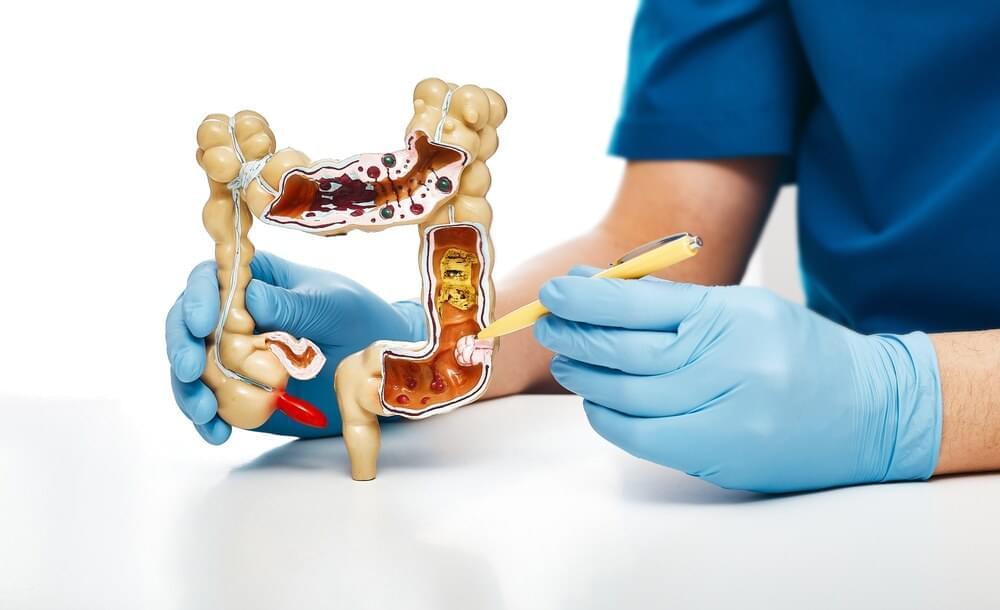
🧬 🔬 💊
In a recent study published in eClinicalMedicine, researchers assess the use of fecal microbiota transplantation to enhance the efficacy of anti-programmed cell death protein 1 (PD-1) therapy for patients with microsatellite stable metastatic colorectal cancer.
Study: Fecal microbiota transplantation plus tislelizumab and fruquintinib in refractory microsatellite stable metastatic colorectal cancer: an open-label, single-arm, phase II trial (RENMIN215). Image Credit: Peakstock / Shutterstock.com.
Background
Colorectal cancer is one of the three most prevalent forms of cancer throughout the world and, as a result, a major cause of cancer-related mortality. The current standard first-and second-line treatments for metastatic colorectal cancer include therapies targeting epidermal growth factor (EGF) or vascular endothelial growth factor (VEGF) receptors combined with fluorouracil-based chemotherapy. However, there remains a lack of third-line treatments, with existing options often associated with low efficacy and a high rate of adverse events.
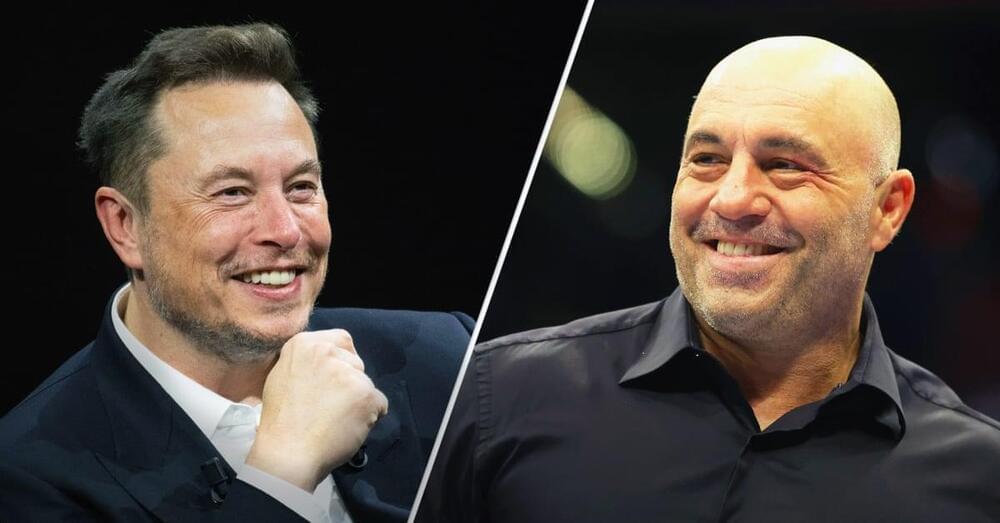

The company on Wednesday announced Astro for Business, a version of its household robot that it’s framing as a crime prevention tool for retailers, manufacturers and a range of other industries, in spaces that are up to 5,000 square feet. Astro for Business is launching only in the U.S. to start, and it comes at a steep price point of $2,349.99.
Amazon unveiled Astro, its first home robot, in September 2021. The squat, three-wheeled device can roll around the house to answer Alexa voice commands, and it has a 42-inch periscope camera that allows it to see over countertops or other obstacles to check if a stove has been left on, among other tasks.
Two years on from its debut, the original Astro, which costs $1,599, is available in limited quantities and on an invite-only basis.
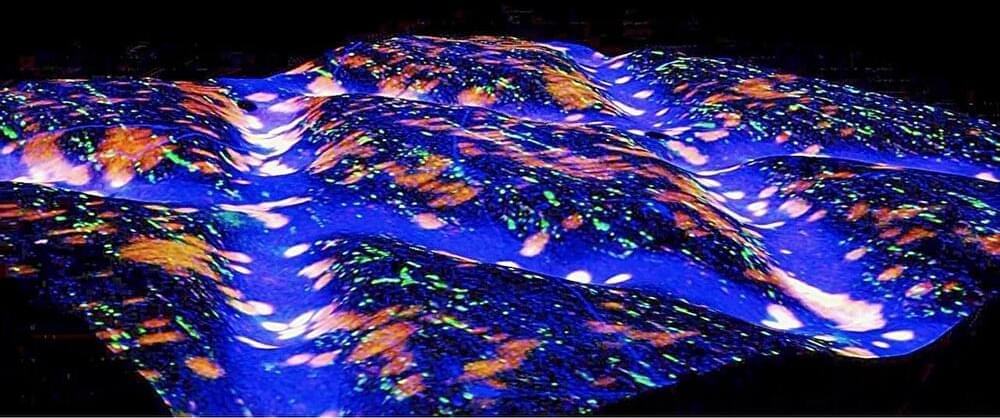
A new biologic “patch” that is activated by a person’s natural motion could be the key to fixing herniated disks in people’s backs, according to researchers at the Perelman School of Medicine at the University of Pennsylvania and the CMC VA Medical Center (CMCVAMC).
Combining years of work from many different projects, the “tension-activated repair patches” (TARPs) provide controlled release of an anti-inflammatory molecule called anakinra from microcapsules over time, which helped disks in a large animal model regain the tension they need to reverse herniation and prevent further degeneration. This pre-clinical research is detailed in a paper published in Science Translational Medicine.
“Currently there is no curative treatment for disk herniation, and the best thing out there is just like sticking a plain rubber plug into a hole in a tire. It will stay for a while but it won’t make a great seal,” said co-senior author Robert Mauck, Ph.D., a professor in Orthopaedic Surgery and director of the McKay Laboratory for Orthopaedic Surgery Research at Penn and research career scientist and co-director of the Translational Musculoskeletal Research Center at the CMCVAMC.
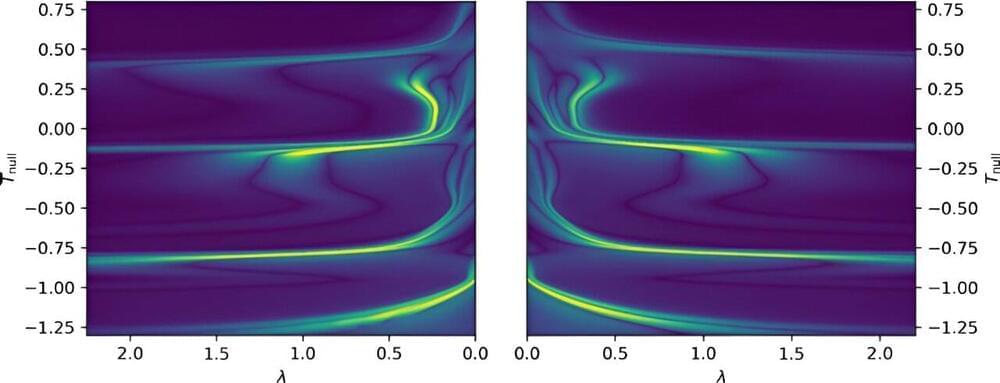
Black holes are regions in space where the gravitational pull is so strong that nothing can escape them, not even light. These fascinating regions have been the focus of countless studies, yet some of the physics underlying their formation is not yet fully understood.
Black holes are formed in what is known as gravitational collapse. This is essentially the contraction of a cosmological object, prompted by its own gravity drawing matter inward (i.e., toward the object’s center of gravity).
Whether or not such a collapsing object forms a black hole depends on the specific properties of the object. In some cases, an object may be very close to the threshold, having a hard time deciding whether or not to form a black hole. This type of collapse results in so-called critical phenomena.

Metamaterials are products of engineering wizardry. They are made from everyday polymers, ceramics, and metals. And when constructed precisely at the microscale, in intricate architectures, these ordinary materials can take on extraordinary properties.
With the help of computer simulations, engineers can play with any combination of microstructures to see how certain materials can transform, for instance, into sound-focusing acoustic lenses or lightweight, bulletproof films.
But simulations can only take a design so far. To know for sure whether a metamaterial will stand up to expectation, physically testing them is a must. But there’s been no reliable way to push and pull on metamaterials at the microscale, and to know how they will respond, without contacting and physically damaging the structures in the process.
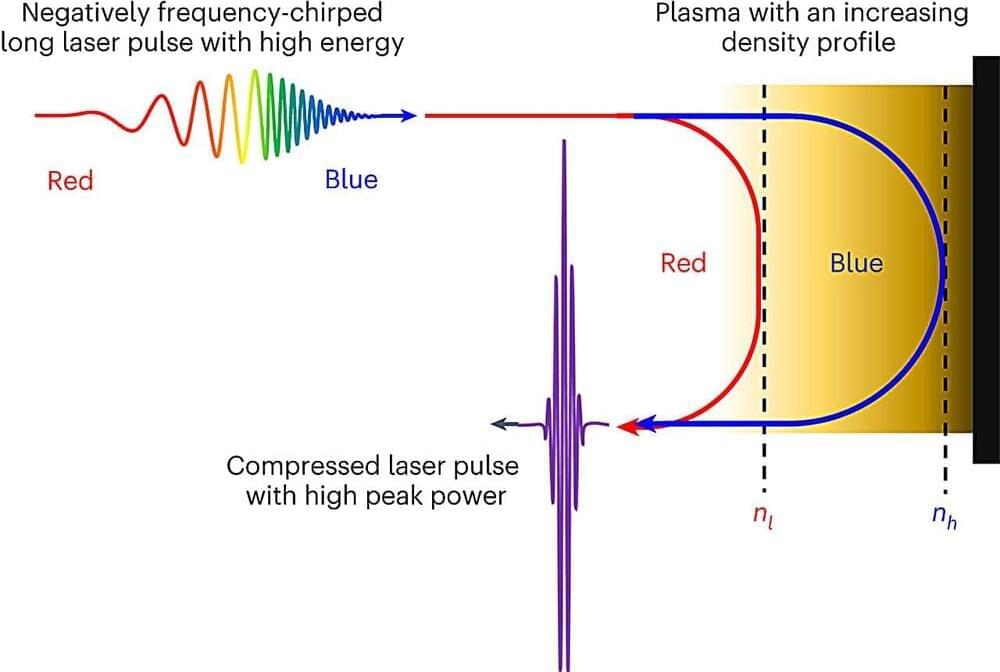
A new method of creating laser pulses, more than 1,000 times as powerful as those currently in existence, has been proposed by scientists in the UK and South Korea.
The scientists have used computer simulations in joint research to demonstrate a new way of compressing light to increase its intensity sufficiently to extract particles from vacuum and study the nature of matter. To achieve this the three groups have come together to produce a very special type of mirror—one that not only reflects pulses of light but compresses them in time by a factor of more than two hundred times, with further compression possible.
The groups from the University of Strathclyde, UNIST and GIST propose a simple idea—to use the gradient in the density of plasma, which is fully ionized matter, to cause photons to “bunch,” analogous to the way a stretched-out group of cars bunch up as they encounter a steep hill. This could revolutionize the next generation of lasers to enable their powers to increase by more than one million times from what is achievable now.